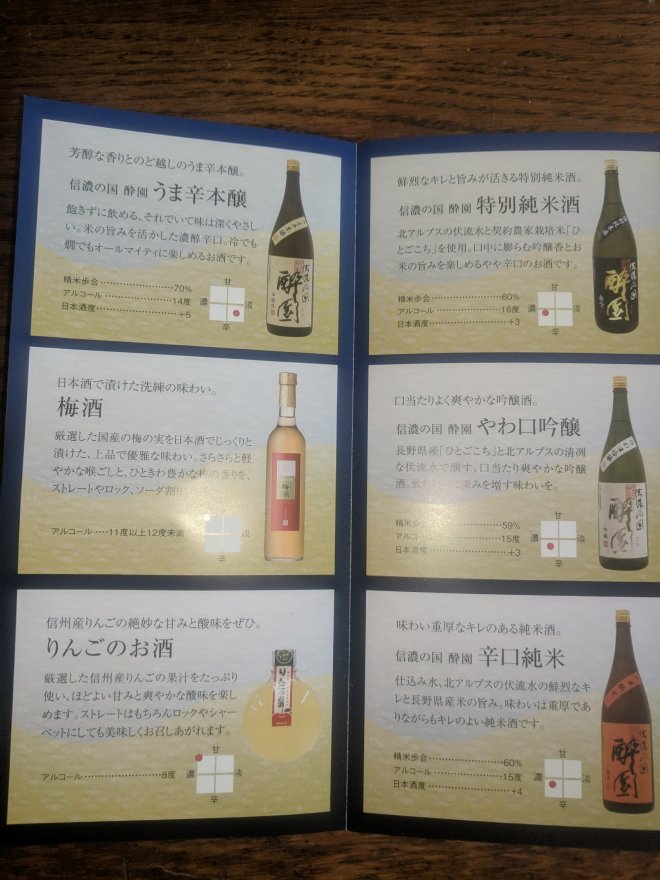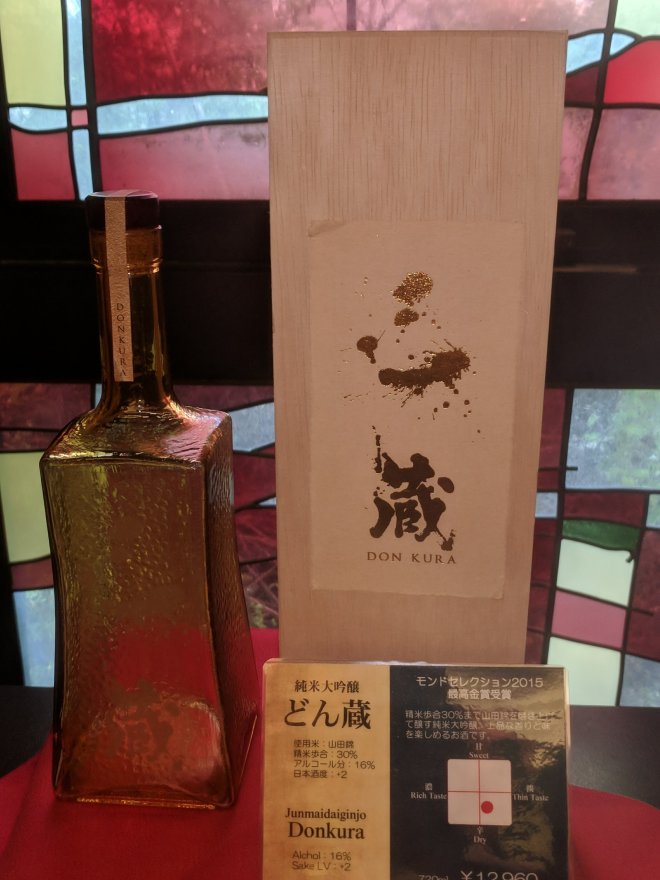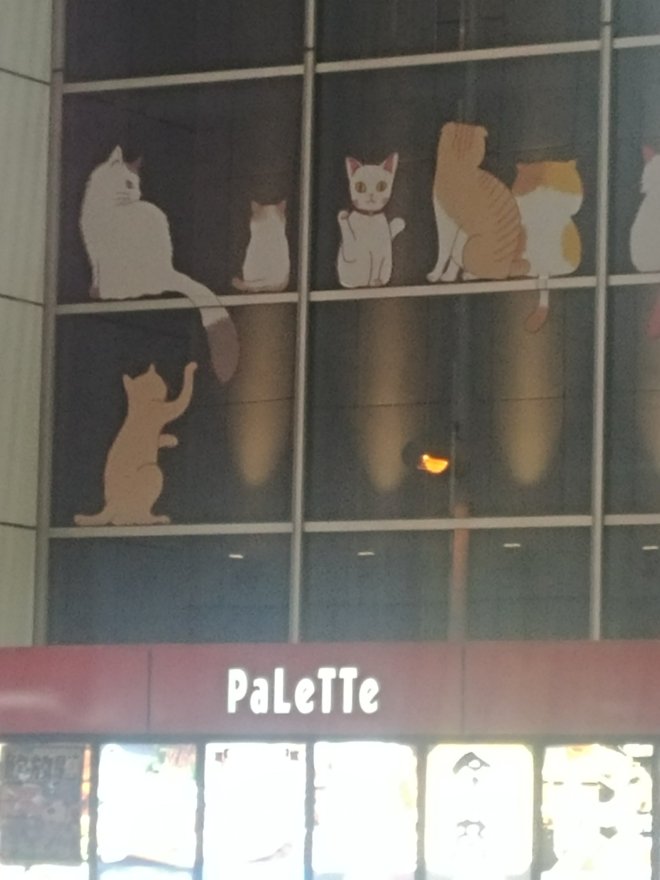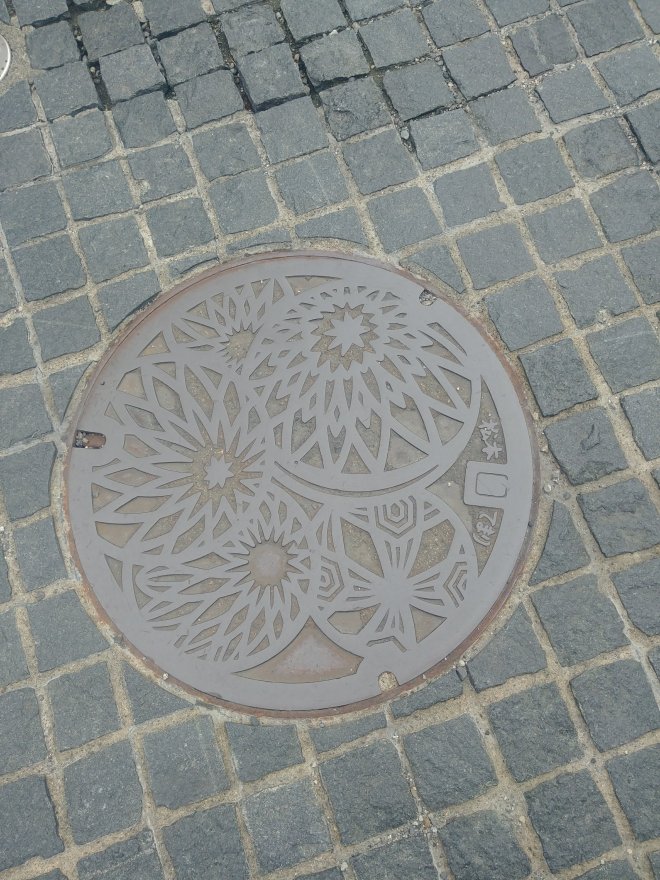
I love to travel but I also get tired and cranky about the details from time to time. So these are some tips and apps that really help.
Often on foreign soil
If you do a lot of international travel, the Global entry program is definitely worth the money. For $100 for 5 years, a bit of paperwork, and a personal interview, you can breeze through US customs, and simplify security at lots of airports. You also have the option of expanding your pass. U.S. Citizens enrolled in Global Entry may use the Smartgate system when entering Australia without registration. With a little more work, U.S. Citizens may apply for the Dutch FLUX program, the Korean SES program, Panama’s Global Pass or the Mexican Viajero Confiable program for expedited entry into those countries. Additional fees and enrollment interviews will apply.
Usually a domestic traveler
Run, don’t walk, to get TSA Precheck certification. For just $85 for 5 years, you will minimize your security line hassles and time. You will have to go to a local TSA office for fingerprinting, but if you fly even 1 or 2 times a year, it’s worth it for the much shorter and simpler TSA Pre lines. You whiz through security without taking off your shoes, removing electronics or liquids bags from suitcases. It’s heaven. I’m notoriously cheap and this is a service I will continue to renew for eternity.
One caveat. If you fly a lot, you may occasionally randomly be selected to go through regular security. You’ll know, as your boarding pass won’t say TSA Pre. It will remind you of why you want to stay in this program. Also, some airlines don’t participate in the program. I flew American Airlines/Japan airlines in a code share to and from Japan. Since American was a TSA partner, I had Precheck for my American Airlines flight to Tokyo but did not have it for my return flights on a Japan Airlines plane. This was annoying, as Dallas/Fort Worth airport makes you go through security again after exiting customs to take your domestic flight. No TSA Pre might mean you don’t make your connection. Fortunately, we had plenty of time but we had to go through an extensive check of the sake we had purchased at duty free.
Not quite enough for Global Entry
If you don’t travel enough internationally to justify applying for Global Entry, you’ll definitely want yo download the Mobile Passport app. It will whiz you through US customs faster than you thought possible. I still think you should just commit to traveling abroad more, and get Global Entry, but this is a good stopgap.
Phone solution
As you probably already know, most US carriers charge an arm, a leg, and more for coverage in most foreign countries. There are several options to bypass that. 1) if your card uses a SIM card, you can buy a prepaid SIM card for your destination 2) rent or buy a cheap burner phone with data for your destination (downside: your information won’t be on the new phone unless you use Google and log in on the new device) or 3) my personal favorite – rent a Wi-Fi to go option. In Japan, you could reserve a Pocket Wi-Fi to be picked up at your Japanese arrival airport and returned as you departed. The fees were reasonable and it gave you great coverage in rural areas. Combined with leaving your regular phone on airport mode but turning on free Wi-Fi in hotels, metros, etc. it was a reasonable solution. Use Wi-Fi calling for phone calls and you’re all set.
Maps and more
When it’s available and not in beta, citymapper is my favorite app for getting around big cities. Here are the covered cities, but they are always adding more. It does a superlative job of combining all forms of travel: bus, train, subway, on foot, taxi, rental bike, and ferry.
For other places, like Japan, Google maps/navigator is a good bet. These tips will help you get more out of Google maps. And if you’re driving, you might check whether the Waze app has good coverage in your area. The social media input can be invaluable in a strange city.
Photos and social media
Usually, I carry a really good camera (a big bulky canon with several lenses.) This trip had such tight packing requirements that I opted to just use my smartphone (an LG G6 with really excellent camera optics.) I also opened up this blog, so I could share this adventure with friends and family who want to go to Japan but cant go right now. The smartphone was ideal for blogging on the way, and I was thrilled with the surprisingly good photos and videos it created.
When I want to play with the photos before posting, the Pixlr app is easy to use and has amazing options. Honestly, I didn’t use it as often as I should because we were always on the go and somewhat sleep deprived.
Another app, PicsArt, gives the option of creating collages with your photos. The few times I used this option, I really liked it.
Filmora Go was my video editing app of choice. And if you are starting a blog, WordPress is the blogger’s tool of choice for good reasons.
Travel light
I hope these tips help. The other key tips will be covered in future posts. Always travel light, and take a mini pharmacy along especially for countries with unusual alphabets (Greece, China, Japan, Morocco, etc.) But more on that later. For now, Bon Voyage!




























































